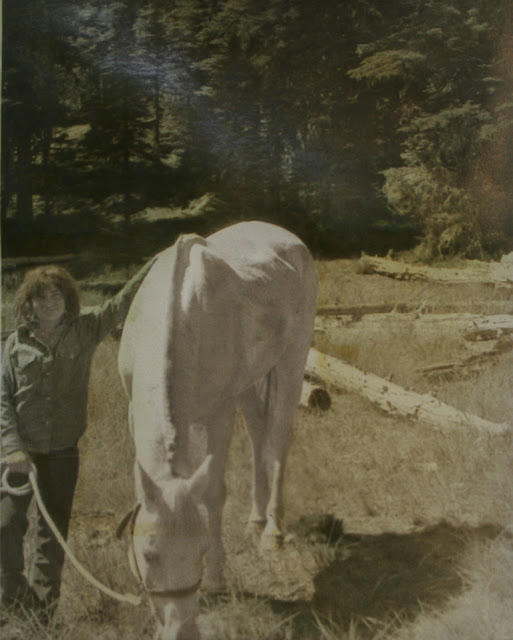I have been remiss in new postings of late, I know. Life stuff, which includes a most excellent trip to Ruidoso, New Mexico to visit a friend for a few days. Beyond personal egoic experiences, I am at a printing cycle juncture. I will be splitting my printing efforts into two directions. One being a continuation of the gum over palladium printing as before, but with an added avenue making palladium, and platinum/palladium prints via printing them directly, not the poor man's palladium, toning the silver (Kallitype) print with palladium, thereby replacing all the silver salts with palladium salts. That makes it a true palladium print, in look and in archival longevity, no different than a printed palladium.
What is different is the scaling of the negative specifically for palladium printing, as well as adding the (double sodium) Na2 ~ sodium chloroplatinate platinum version, not the traditional potassium chloroplatinite. The two versions are platinum, and when added to palladium, as most platinum printers do, two different effects take place. The potassium based platinum doesn't alter the tonal range, as in contrast, to the print image. That platinum adds deeper blacks to the palladium. For any contrast control, if the negatives lack's a sufficient density range. For that function a second binder mixture is used, in conjunction with, or replacing the standard binder mixture; ferric oxalate (27%) solution. The contrast agent is the second mixture of ferric oxalate, adding a small amount of potassium chlorate, creating a chelated version of the binder. Adding more of this increases contrast.
The drawback to that is that with the added chelated oxalate increases articulation of the image, a sort of 'grain' that begins to show up when the oxalate binder is mostly the chelated form. And that, is why the Na2 method is so effective. In my mind, brilliant. This form of printing was created by Richard Sullivan of Bostick & Sullivan, and Dick Arentz, a platinum/palladium printer. I see this printing form more of an addition to palladium printing, than anything like traditional Pt/Pd printing. The switch to the sodium based platinum, hence 'double sodium' format, the platinum becomes a contrast increasing agent. This is accomplished by degrees of platinum solution used, from the pure form of 20%, which would be for basically dead flat negatives, to 2.5% solution; 2.5%, 5%, 10%, etc.
When making a palladium print, there is a condition called 'bronzing', which is where the light affects the darker areas of the print, zone 1 & 2, causing a buildup to this density which appears as a sort of solarization on the darker regions. This is not a given, and can be brought about by a number of issues, some with print preparations, as well as an overprinted image, which implicates the tonal range being insufficient to handle the UV light source. The good news is that the sodium based platinum, when added to the palladium, stops this bronzing effect, effectively making those areas a deepened, richer black. The second benefit is the platinum also being the contrast control agent, there isn't any articulation, no grain, just a clean, potentially long scaled print image.
This will be the subject of the next book; Alchemist's Guide; To Palladium Printing. I will also be including a full section on this Na2 Pt/Pd printing method, which, for my way of thinking is an extension of palladium printing, not traditional platinum/palladium printing, using the potassium based platinum. This will be that second avenue I brought up earlier, printing a portfolio of palladium prints, including some new Na2 Pt/Pd prints. I have already printed one portfolio of these Pt/Pd prints, using 5x7 negatives I had from thirty years ago. I still use the Burke & James camera that made those negatives. They were developed to be printed in the sun, developed in pyro/OH, a Windish Pyro formula I rejiggered for my use, 18 minutes worth.
These negatives printed in direct sunlight (facing the sun) for 10 minutes. These negatives were mostly of Log 1.8 density range, those that were of shorter range printed between 5-7 minutes. Today I print using my custom UV printer, which is of much decreased power than any sunlight. Today I also use printed digital negatives for my contact printing. New prints are being prepared for printing. Soon, I will have something to show. Stay tuned.
































